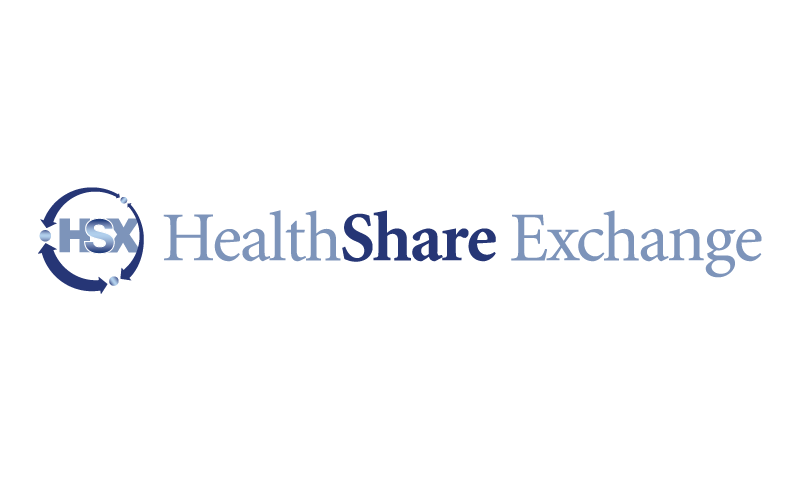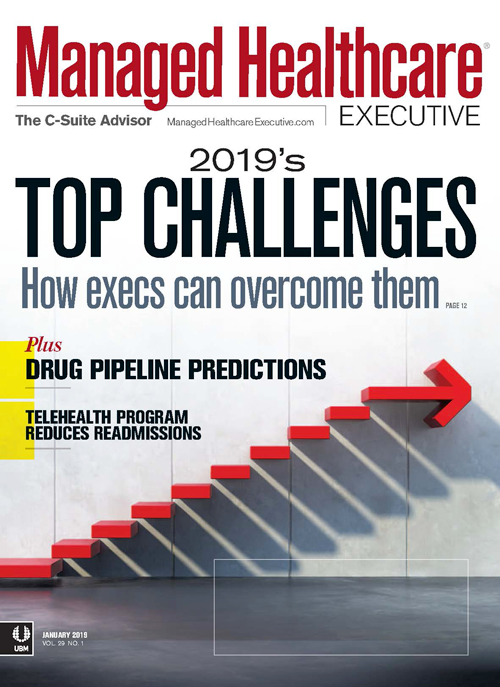Philadelphia HIE Fosters Collaboration Among Competitor
This massive partnership is breaking down barriers and improving patient care.

More than 1.5 million people live in Philadelphia, and the city is an economic, education, and healthcare hub to many in the state and in New Jersey and Delaware. In 2012, stakeholders from Philadelphia-area healthcare organizations came together to launch the HealthShare Exchange (HSX), a health information exchange (HIE) between provider and payer organizations with a goal to improve healthcare communications and data interoperability throughout the area.
Today, HSX’s membership includes more than 100 independent ambulatory practices, 85 post-acute care organizations, eight health plans, seven behavioral health organizations, six accountable care organizations and nine skilled nursing/long term care facilities that share interoperable data with more than 15,000 providers in the region. Nearly 8 million patients are a part of HSX’s data depository.
HSX is the largest HIE in a major metropolitan area created from the ground up by healthcare insurers and healthcare providers working together, and CEO Martin Lupinetti says the organization hopes it will reduce overall healthcare costs and patient confusion.
“We have all these assets: a notification service, a patient matching algorithm, an application program interface. We have all these things that if assembled in the right way, can solve a lot of different healthcare challenges,” Lupinetti says. “So, the short-term goal is really to embrace the power, and how we put those things to good use. We see ourselves as morphing, not just as an HIE, but really as a data company, a data aggregator that offers health information and exchange services.”
Related article: Experts Share How to Apply Big Data to Patient Care
Richard Snyder, MD, chief medical officer at Independence Blue Cross, assisted with the launch of HSX. He says payers and providers realized that the risk of not creating a viable HIE would be more higher costs due care overlap and lack of continuity in treatment.
“This region is saturated with academic health systems and their affiliated providers and facilities,” says Snyder, noting that many patients receive healthcare services in more than one system and use varying EHRs. “Initial use cases for HSX were built on the premise that avoidable redundancy in testing and prescribing coupled with real-time knowledge of a patient’s history and use of healthcare services would prevent avoidable readmissions.”
True meaningful use for the region
It was not easy to get competing healthcare organizations to agree that sharing data and patient information would benefit their organizations, says Snyder.
“After previous statewide and regional failed attempts at implementing health information exchanges to address ‘meaningful use,’ we took a different approach,” he says.
That meant identifying pain points for clinicians and administrative staff and coming up with ways to use the proposed HIE to solve those pain points, rather than taking an off-the-shelf, government-dictated solution.
Snyder says that the homegrown model was more attractive to payers and providers. Because stakeholders within the healthcare community assisted with developing by-laws and a participation agreement, Snyder says competing businesses felt protected.
“As a payer HSX member, we have created and maintain a clinical activity history that includes up to four years of documentation of diagnoses, treating physicians and facilities, inpatient stays, emergency department visits, prescriptions, procedures, and lab results based on claims data,” says Snyder. “This clinical activity history can be pushed to emergency department physicians real-time or retrieved by a treating provider to round out the clinical picture that is not contained in their [EHR]. A competing health insurer or payer cannot request this information.”
Diversity of organizations
HSX is a 501(c)(3) organization, funded by membership fees and grants, so it is able to onboard a diversity of healthcare organizations, says Lupinetti.
“We have a founding principle that any federally qualified health center or city clinic, including heavy Medicaid or underserved clinical practices, do not have to pay for any services,” he says. “That’s based on the fact that we receive grants from CMS really with a purpose of directing the benefit to those in most need.”
Russ Allen, communications coordinator for HSX, says the organization continues to branch out to post-acute care and other continuity of care entities because those end-to-end connections are important to the healthcare community and patients.
“This is vital information that is at their fingertips,” Allen says. “In some cases, it's auto routed or auto pushed to them so they don't have to physically pull it. We’re giving them insight that they didn't have before. We have yet to encounter any organization in the continuum that's really not a good fit.”
Membership benefits
Associates in care management and other member support functions at participating healthcare insurers use the HSX data, including the real-time admission discharge and transfer (ADT) data to access discharge plans, facilitate care, and ensure timely follow-up appointments and document discharge dates for purposes of closing out cases.
“Also, the data supplements HEDIS and STARS data collection efforts,” Snyder says. “Often, better coordination of care with primary care physicians has resulted from having this information, such as the avoidance of emergency department visits.”
Related article: Top data analytics challenges facing healthcare organizations
Lupinetti says health plans, accountable care organizations, and providers find the encounter notification service valuable, because it sends an alert when one of their patients is hospitalized or goes to an emergency department. It can also send alerts when patients are discharged from hospitals or post-acute care facilities.
“We’re starting to use the data and population health for trends analytics, and report on various interesting aspects of that data,” Lupinetti says.
Regional expansion
In July 2018, HSX expanded into New Jersey, joining the New Jersey Health Information Network, a statewide health information organization between providers that has a goal to join a national network of providers called the eHealth Exchange. Lupinetti says that because of the large number of healthcare organizations within the tri-state region, expansion is an important effort to ensure patient continuity of care.
Lupinetti hopes HSX can navigate some of the regulatory and business barriers in New Jersey and Delaware to help the region become more interoperable.
“Some [of the other regional HIEs] are very hospital-focused data sharing exchanges,” he says. “Some are very health plan focused. But they all haven't quite synced together and we think given our neutral status and given we have such a diverse membership that we're a logical choice to really help kind of advance the agenda of regional data sharing.”
Donna Marbury is a writer in Columbus, Ohio.

In the Scope of Virtual Health and the Future of “Website” Manner, Per Ateev Mehrotra
August 10th 2023Briana Contreras, an editor of Managed Healthcare Executive, had the pleasure of catching up with MHE Editorial Advisory Board Member, Ateev Mehrotra, MD, MPH, who is a professor of healthcare policy at Harvard Medical School and an Associate Professor of Medicine and Hospitalist at Beth Israel Deaconess Medical Center.
Listen